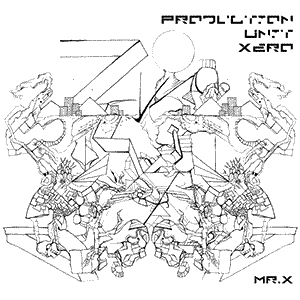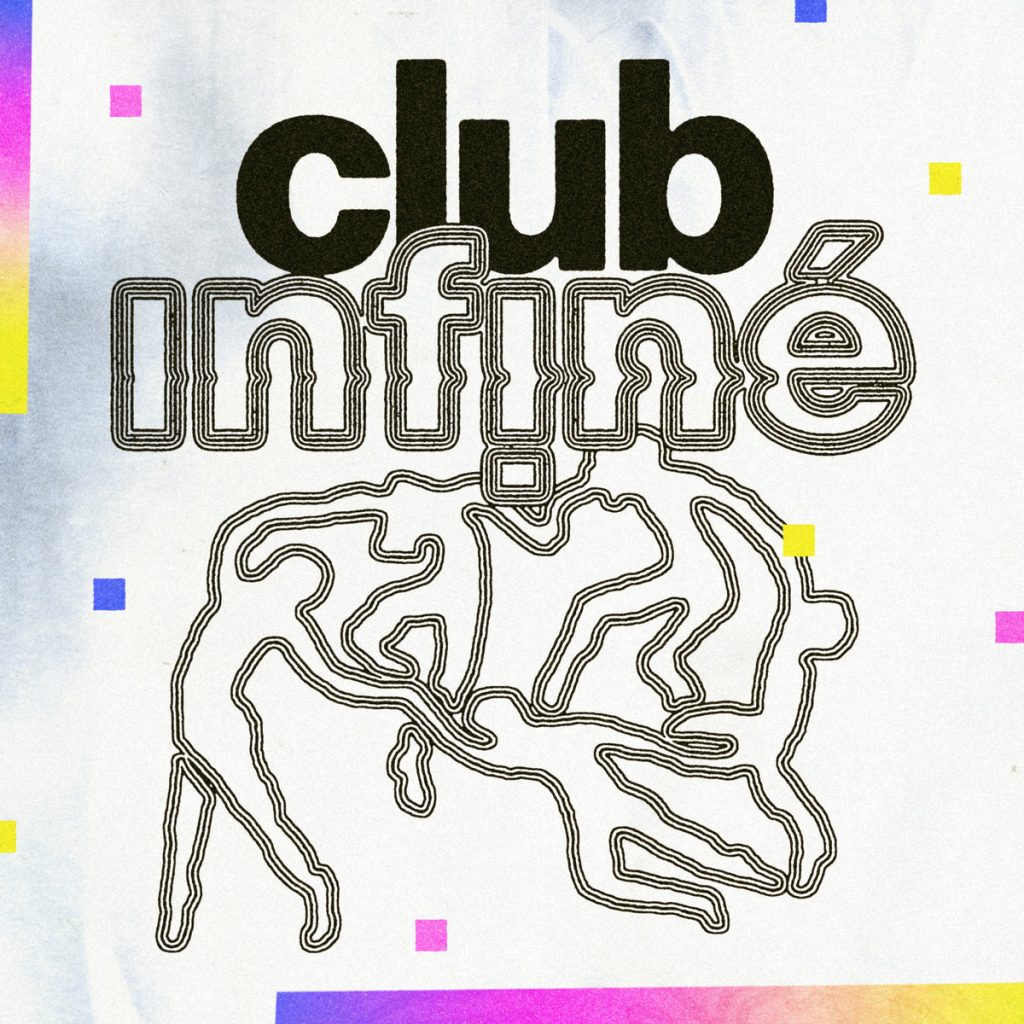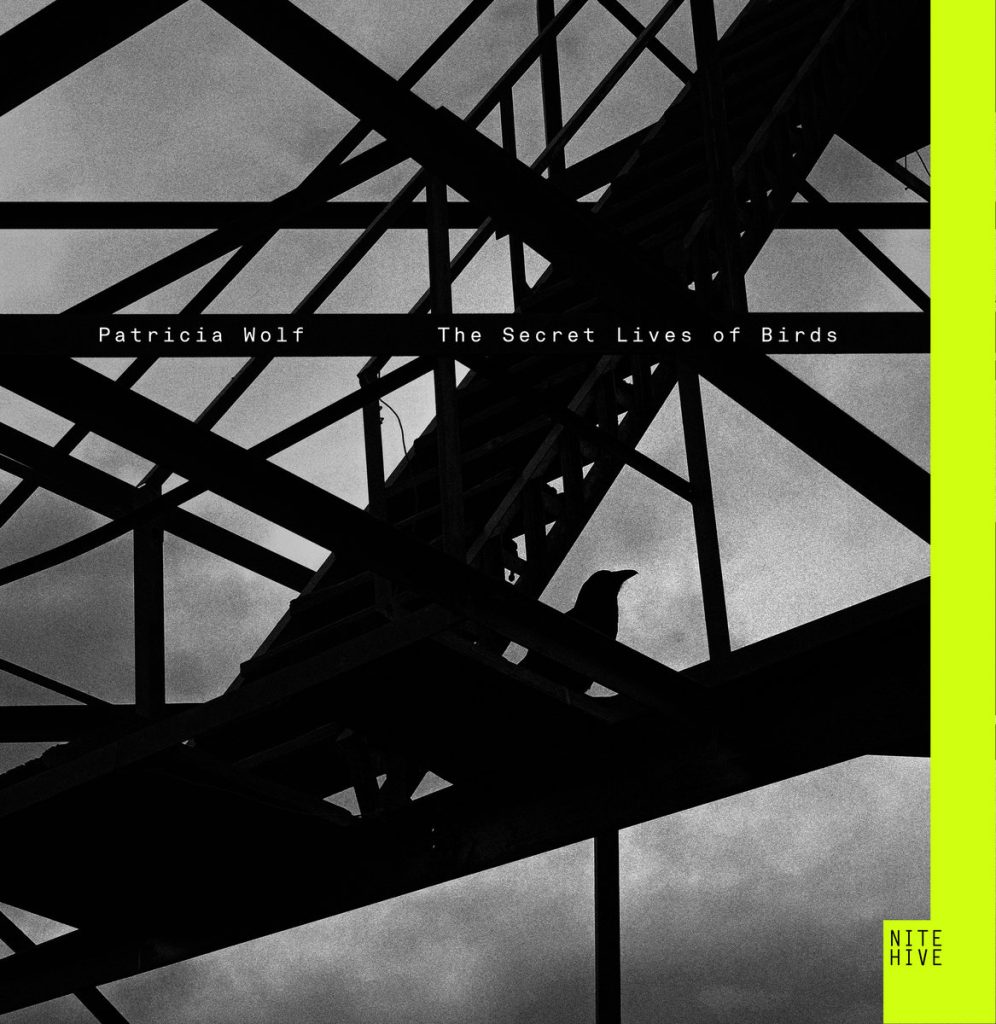Worship The Glitch by Coil – Review
Album: Worship the Glitch Artist: Coil Release
Date: 1995
Label: Eskaton
Genre: Experimental, Ambient, Electronic
“Worship the Glitch” was conceived as a creative collaboration between the band’s core members, John Balance and Peter Christopherson, along with a host of other collaborators like Danny Hyde and Drew McDowall. “Worship the Glitch” marked a departure from the more structured and melodically driven music found in the band’s previous works, embracing a sense of randomness and controlled chaos that has since inspired countless artists.
The album title reflects Coil’s fascination with the artistic potential of technical glitches and errors, which they deliberately introduced into their music as a source of inspiration. In doing so, the duo pioneered a new approach to experimental music, one that would later influence a wide range of genres such as glitch, IDM, and ambient music.
“Worship the Glitch” is an immersive, visceral listening experience that challenges conventional expectations of what music should sound like. The album is built around a series of abstract, eerie soundscapes created through a mix of found sounds, tape manipulations, digital processing, and analogue synths. The resulting tracks are both disorienting and captivating, as they transport listeners to a world of haunting beauty and unsettling strangeness.
The opening track, “Dark Start,” sets the tone for the album with its ominous atmosphere and spine-chilling, distorted voices. The soundscape is dense and complex, with layers of noise, static, and otherworldly textures intertwining to create a feeling of unease. This unsettling mood is maintained throughout the album, with tracks like “Lost Rivers of London” and “Broken Aura” pushing the boundaries of what can be considered musical.
However, amidst the chaos and disarray, there are moments of breathtaking beauty. “Möbius Continuum” is a prime example, featuring a hypnotic, looping synth melody that manages to evoke a sense of calm and tranquility within the surrounding chaos. Similarly, “London’s Lost Rivers” incorporates ethereal, choir-like vocals that provide a haunting contrast to the distorted, glitchy sonic landscape.
One of the most striking aspects of “Worship the Glitch” is its nonlinear structure. The album does not follow a traditional narrative or melodic progression, instead opting for a more organic, fluid approach. This can be seen in tracks like “Decadent and Symmetrical” and “Hieroglyphs of Decomposition,” which showcase Coil’s ability to weave intricate sonic tapestries that defy conventional categorization.
“Worship the Glitch” is a seminal work in the history of experimental music, showcasing Coil’s innovative approach to composition and their willingness to embrace the unexpected. It is a challenging listen that demands patience and an open mind, but for those willing to immerse themselves in its unconventional beauty, it offers a truly unique and rewarding experience. The album’s influence can still be felt today, as it paved the way for countless artists who would later explore the potential of glitches and imperfections in their own work.




